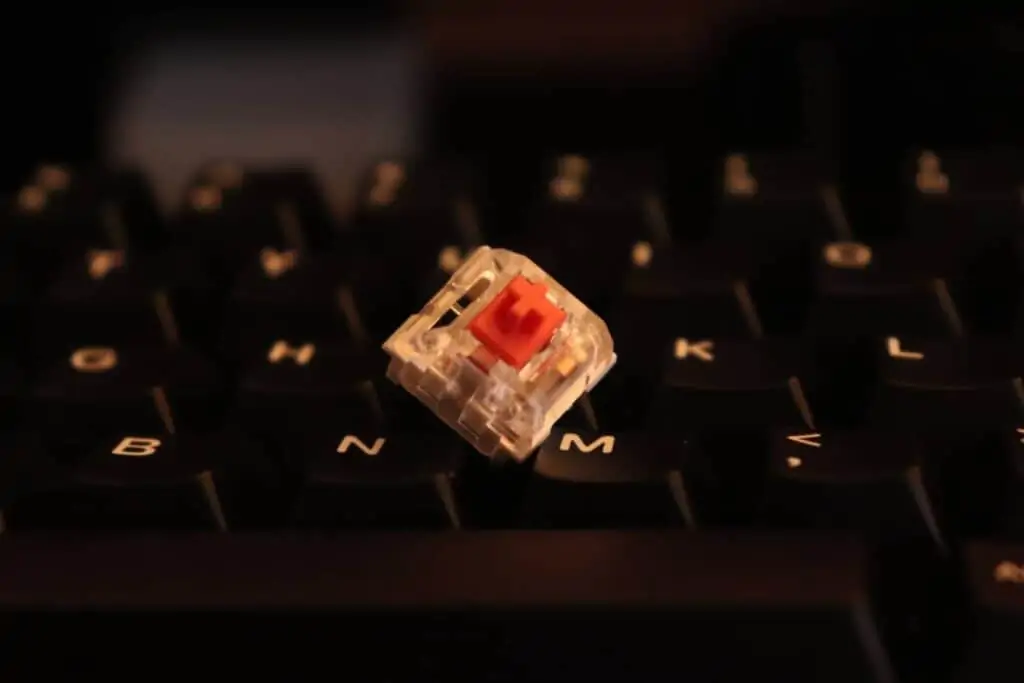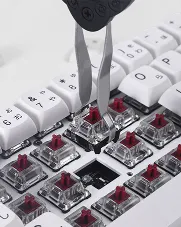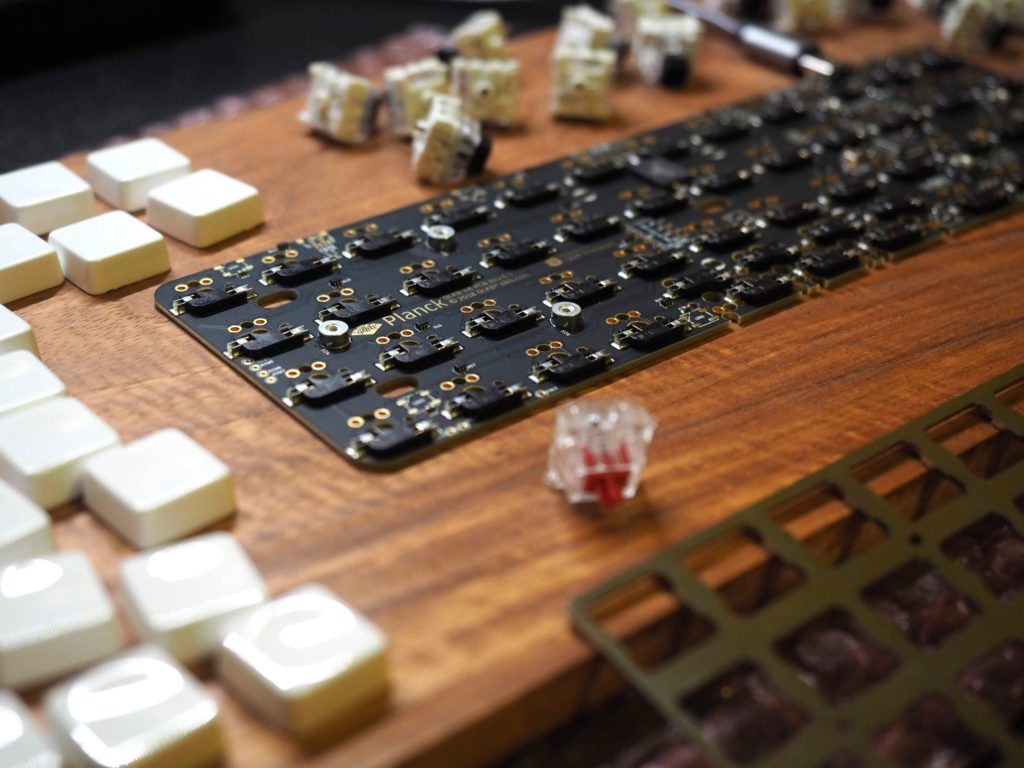What are mechanical keyboards?
Mechanical keyboards are a form of switch that uses a spring and metal to register simultaneous key presses. They’re more sturdy than membrane keyboards and usually more conducive for fast typing and gaming. Mechanical keyboards also tend to last longer than membrane or scissor-switch keyboards, which is the focus of this article. The switches generally have self-cleaning contacts, are rated for over 50 million keystrokes.
Why switch to a mechanical keyboard?
It’s something of a cliche, but mechanical keyboards are more satisfying to type on. The tactile feedback and audible clicks can also help you become a faster typist because you know when the key has been pressed. Lastly, they’re built for longevity – gamers especially will want that extra edge that comes from hours upon hours of gaming without having to fear the inevitable degradation of their keyboard.
Mechanical keyboards do have a higher upfront cost, but that’s just part of being an enthusiast. You’ll also notice that not everyone has one – that means you’re setting yourself apart from the masses and staying ahead of the curve as far as those who are still using those membrane keyboards go.
How long do mechanical keyboards last?
Most mechanical keyboards last for at least 5 million keystrokes, with high-quality switches rated to handle 50 million. How long do mechanical keyboard last also has a lot to do with their build quality and design. Mechanical switches are usually built into a metal case or plate which offer better support than the plastic-clad membrane keyboards.
It is worth noting that mechanical keyboards are usually compatible with many different switches, allowing users to upgrade their switch type over time.
So there you have it – that’s what a mechanical keyboard is and how long they typically last. If you’d like to know more about mechanical keyboards, check out our best gaming keyboard buying guide!
Related: Fastest Keyboard Switch For Gaming
Are mechanical keyboards more durable than regular keyboards?
Of course. Mechanical keyboards have a higher build quality and tend to last much longer than membrane or scissor-switch keyboards. Instead of having to press the entire key all the way down, you only need to apply enough pressure until the switch actuates; this reduces strain on your fingers and also prevents misfires.
The switches are rated for at least 50 million key presses, and some have even been tested to handle up to 100 million. It’s also good to reiterate that mechanical keyboards are compatible with different types of switches, so you can always upgrade down the road without needing a new keyboard.
The efficacy of mechanical keyboards can further be increased by using lube which can help clean the contacts and keep them working smoothly. You can read about the Best Lube for Keyboard Switches here.
Common problems with your new mechanical keyboard and how to fix them
Sometimes, even the sturdiest of mechanical keyboards can have problems with keypresses not working or rubbery keys. Fixing these small problems timely can increase the lifespan of your mechanical keyboard. Here are some quick fixes for common mechanical keyboard issues:
If you find yourself having to press a key all the way down to type it, then the most likely fix is simply cleaning your printed circuit board (PCB). Desoldering the switch from the PCB, cleaning its contacts with rubbing alcohol or acetone, and then soldering it back down should do the trick. If you have a USB keyboard, try unplugging and replugging it in.
If you hear a “clacky” sound whenever you type on your mechanical keyboard, there’s likely something blocking the key from pressing all the way down. The easiest fix is to simply remove whatever object is causing it and try again. If you have a small rubber nub blocking a switch, feel free to pry it off with a small screwdriver or knife.
If your keys are feeling particularly “spongy,” then this usually means there’s a buildup of dust and debris. Removing the keycaps from your mechanical keyboard should allow you access to all of the switches. If they’re particularly dirty, then try spraying some compressed air into the crevice before reapplying the keycaps. Just be careful not to lose anything while doing so!
If there seems to be something stuck underneath one of your keys, then try gently pushing it back up before removing the keycap. Sometimes, something as simple as a crumb can cause this issue.
If you’re having trouble with ghosting on one or more keys, then make sure to update any custom firmware. This is more common on 60% of keyboards, but some users have reported ghosting even on full-size keyboards. Be sure to check out our article on ghosting if you’re having this problem!
If your keyboard is completely unresponsive, then it’s time for a hardware reset. The first thing you should do is flip the keyboard over and remove all of the keycaps. Then, carefully remove each switch by pulling it out of the printed circuit board. Finally, carefully blow any debris away from the switch before placing it back on the printed circuit board. Don’t forget to put your keycaps back on!
Frequently Asked Questions
How long do mechanical keyboards last?
The length of time a keyboard lasts depends heavily upon the brand and model, as well as how it is used. Some companies claim that their switches can survive up to 50 million keystrokes, but only some users have experienced this. Generally speaking, Cherry MX Red switches are better for typing on than Cherry MX Black switches.
I dropped my keyboard and it doesn’t work anymore! What should I do?
First, flip the keyboard over to see if any of the keycaps have fallen off or shifted. If a few do not seem to be working anymore, then try replacing just those caps. You can learn about replacing keys here.


